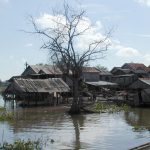Minerals and mineral products
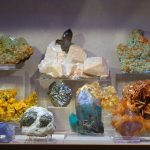
Minerals from Halpern Mineral Collection, San Francisco, Photo by Eric Hunt taken on October 21 2006. License under: CC BY-NC-ND 2.0Many of Cambodia’s mineral resources are undeveloped, with most production concentrating on construction materials such as crushed stone, sand, gravel and limestone.1There is currently no ...
Cooking fuel
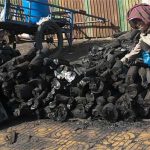
Firewood and charcoal are the main sources of energy for households and many small and medium enterprises, such as brick and tile industries. The cooking fuels used in Cambodia have changed greatly in the last decade. The National Census 2008 showed that 91 percent of ...
Procurement
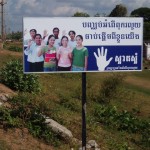
“Stopping corruption may start from us” (Khmer version on Clean Hand poster), in Kratie province, Cambodia. Photo by World Bank Photo Collection, taken on November 22, 2006. Licensed under CC BY-NC-ND 2.0In Cambodia, the activities of buying goods, construction work, repairs, and services and consultation ...
Deforestration drivers
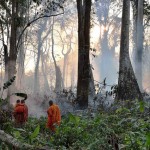
Deforestation has been one of the most significant changes the Cambodian landscape has undergone in recent decades. Key drivers of this process have been land concessions and subsequent land conversion, and large-scale illegal logging. ...
Air pollution
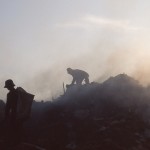
The smoke and stench blow into the air in Phnom Penh’s huge landfill. Photo by Alan Morgan, taken on 17 September 2011. Licensed under CC BY-NC-ND 2.0Air pollution originates mainly from the burning of fuels such as petroleum, diesel and coal in the transport, household, ...
Wild capture commercial fishing and natural fisheries
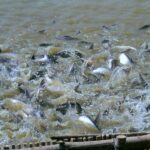
The fishes on Tonle Sap Lake, Cambodia. Photo by llee Wu, taken on 10 September 2010. Licensed under CC BY-ND 2.0The 2006 Fisheries Law classifies fishing activity into three broad categories: family or subsistence, small-scale and commercial.Commercial fishing is allowed only in the open season ...
Agricultural commodities, processing and products
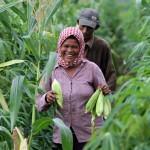
Farmers harvest corn from their farms, Cambodia. Photo by World Bank/Chhor Sokunthea, taken on 17 July 2013. Licensed under CC BY-NC-ND 2.0Key agricultural commodities and products include rice, rubber, corn (maize), vegetables and fruit, and cassava (tapioca). More than 90 percent of Cambodia’s agricultural exports ...
Forest cover
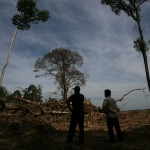
Cambodian forest cover has reduced dramatically in recent decades. In 1973 there were 13.1 million hectares of total forest, but by 2014 the total cover had fallen to 8.7 million hectares. ...
Renewable energy production
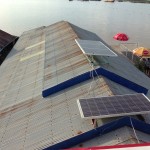
Renewable sources of energy include biofuels, solar, wind, tidal and geothermal energy. Fossil fuels such as petroleum or coal are not renewable. ...
Poverty policy and regulation
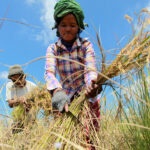
As a fast-developing nation, Cambodia has always found poverty one of its main challenges. The Rectangular Strategy states that eradicating poverty has long been one of the Royal government of Cambodia’s (RgC’s) highest priorities.150 Since the country’s first major post-civil war election in 1993, Cambodia ...
Fishing policy and administration
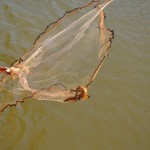
Young man fishing with a cast net on Siem Reap river, Cambodia. Photo by Brian Hoffman, taken on 12 January 2015. Licensed under CC BY-NC-SA 2.0.Fisheries management in Cambodia is divided between central and local governments. At the central level, the Ministry of Agriculture, Forestry ...
SDG 6 Clean water and sanitation
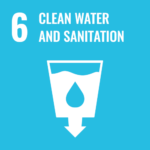
Sustainable Development Goal 6 has 8 tarGets and 11 indicators, which will be used to drive action towards achievinG universal access to safely manaGed water and sanitation and appropriate manaGement of water resources.268 SDG 6 recoGnizes that sustainably manaGinG water Goes beyond providinG a safe water ...
Agricultural production

Rice field in Cambodia’s countryside. Photo by fmpgoh, taken on 15 July 2009. Licensed under CC BY-NC-ND 2.0The main products from the agriculture sector are rice, rubber, corn, vegetables, cashews and cassava. Unprocessed agricultural exports were projected to be more than 90 percent of total agricultural ...
Terms and definitions
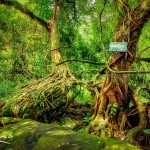
Defining and measuring forests is not an easy business. Definitions that initially sound very similar can turn out to have crucial differences. Understanding the terms is important for understanding forest use, forest cover, forest laws and policies and deforestation. ...
Plants
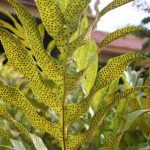
Although there are often new discoveries,359 a global lack of up to date data on botanical research makes plants biodiversity hard to assess in Cambodia. Compared to neighboring countries, the number of plant species is low, mostly due to the relative country’s flat landscape.360 Botanical knowledge ...
State public land

State public land has a public interest value or provides a public service. The land is inalienable, although it can be leased for limited uses that do not alter or damage its public value. State public land should only be reclassified if the land no ...
Non-renewable energy production
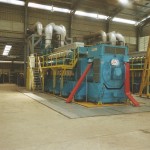
Non-renewable energy sources are chiefly fossil fuels such as coal, diesel, oil and gas. They provide most of Cambodia’s locally-produced electrical supply – in 2011 diesel and heavy fuel oil generators provided 89% of local electricity generation. ...
National parks and wildlife sanctuaries
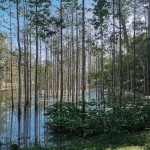
Cambodia’s national parks (or ‘natural parks’) and wildlife preserves were established under the 1993 Royal Decree on the Protection of Natural Areas. Although other areas have been added subsequently, there is currently no officially available list of all protected areas and their boundaries. ...
Environmental and biodiversity protection
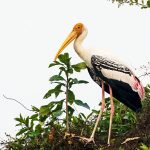
Cambodia is one of the most biodiverse countries in Southeast Asia. Biodiversity supports Cambodians ecologically, economically and culturally. It plays an important role in providing ecosystem services and economic development to achieve the Cambodian Millennium Development goals including poverty reduction. ...


